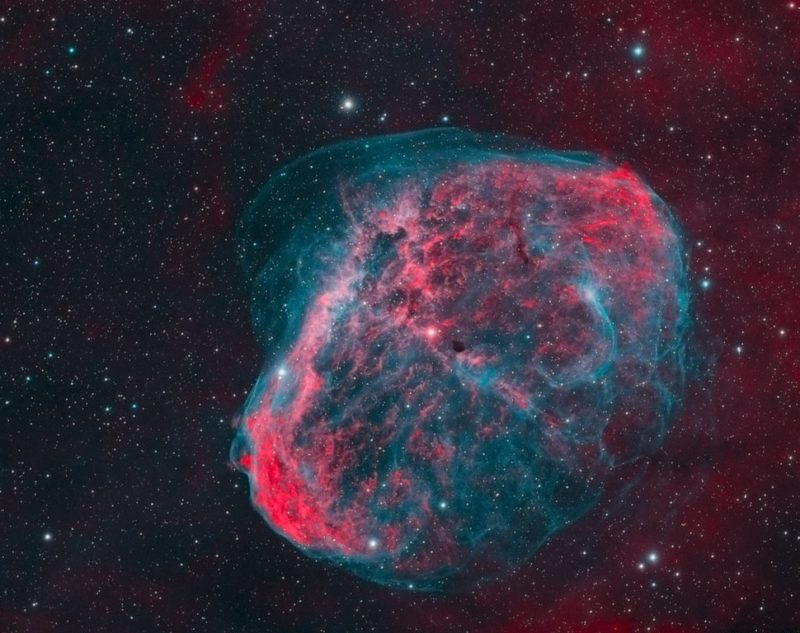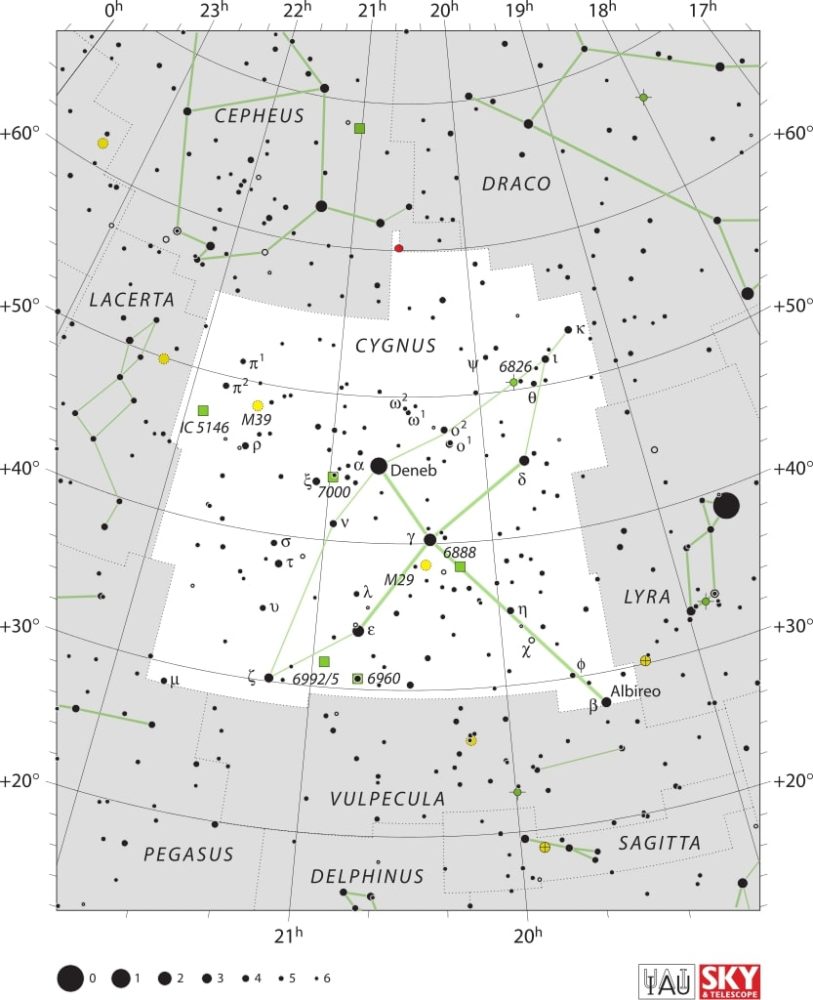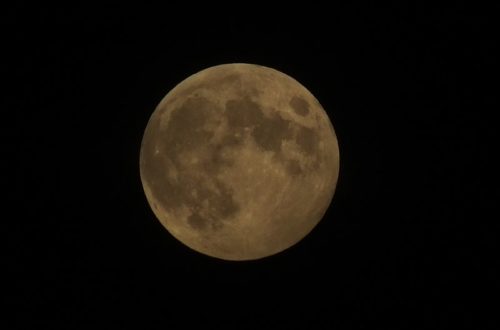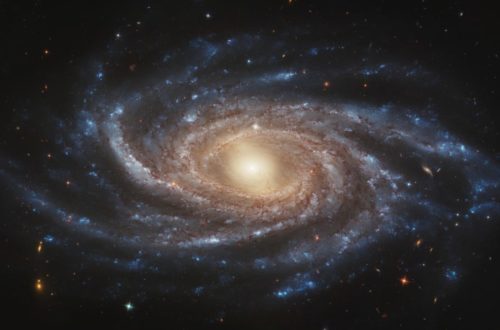NGC 6888: The Crescent Nebula

NGC 6888, also known as the Crescent Nebula, has been a subject of fascination for astronomers for many years. Through careful observations and scientific analysis, experts have been able to unravel some of the secrets behind this stunning phenomenon.
In this article, we will delve into the science behind NGC 6888 and explore the latest discoveries in this field.
NGC 6888 Location
NGC 6888 (also known as the Crescent Nebula, Caldwell 27, and Sharpless 105) is an emission nebula located in the constellation of Cygnus about 5000 light-years away from Earth.

Discovery of NGC 6888
The history of NGC 6888 dates back to the late 18th century when it was first observed by the famous astronomer William Herschel. Over the years, NGC 6888 has been the subject of numerous studies and observations, each adding to our understanding of this unique stellar phenomenon.
Formation of the Crescent Nebula
The Crescent Nebula, has always been a fascinating object for astronomers due to its unique shape and structure. However, it is only through the advancements in science and technology in recent years that we have been able to uncover some of the secrets hidden within this celestial object. By using various telescopes and imaging techniques, scientists have been able to study the nebula’s physical structure, dynamics, and chemistry.
They have discovered that the Crescent Nebula is a result of the massive star WR 136 (HD 192163) that has shed its outer layers in a powerful stellar wind. This has created a bubble-like structure around the star, which is now illuminated by the star’s intense radiation.
NGC 6888 consists of the collision of two shock waves, one moving outward and one moving inward. The fast stellar wind from the star collides with wind ejected when the star became a red giant around 250,000 years ago. This star is expected to finish its life in a few hundred thousand years by exploding as a supernova.
Conclusion
In short, the enigmatic beauty of the Crescent Nebula, has captivated astronomers for centuries. From its discovery by William Herschel to the recent advancements in technology, our understanding of this celestial marvel has deepened significantly. Through meticulous observation and scientific inquiry, we’ve unraveled some of the secrets behind its formation—a stunning result of a massive star shedding its layers in a powerful stellar wind, creating a breathtaking bubble illuminated by intense radiation. As we continue to explore and analyze this cosmic spectacle, NGC 6888 stands as a testament to the ever-evolving nature of our understanding of the universe.
Would you like to receive similar articles by email?





